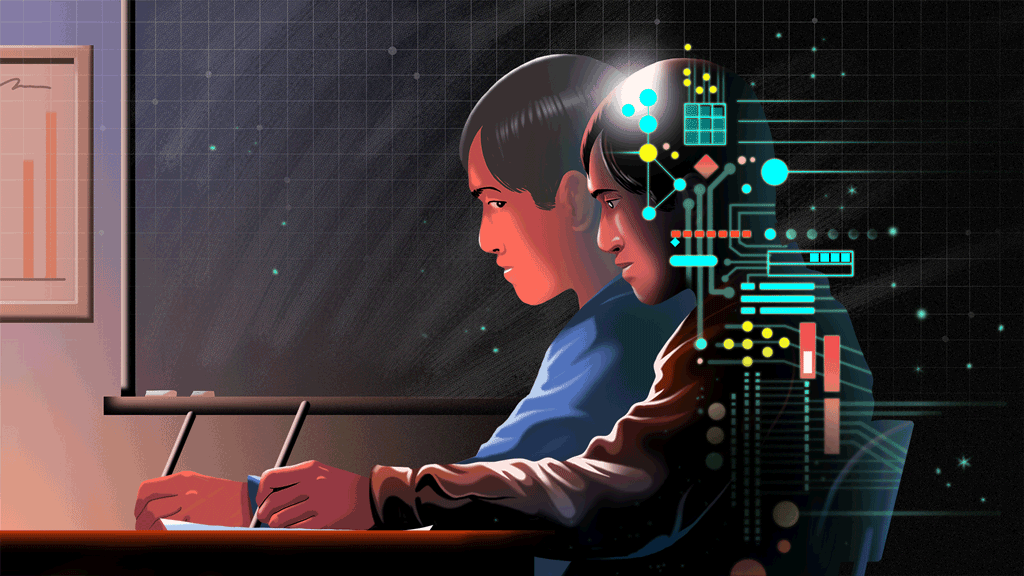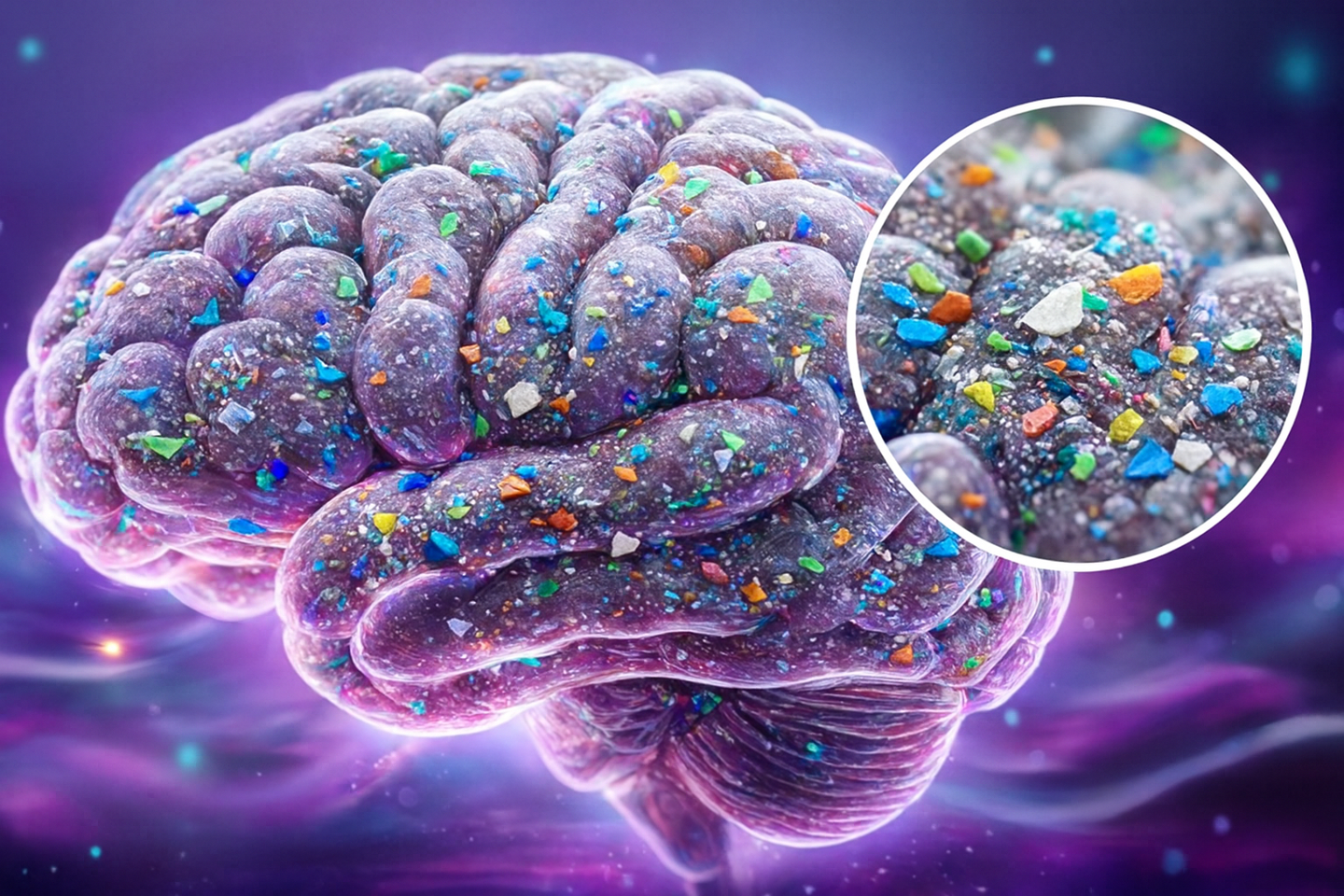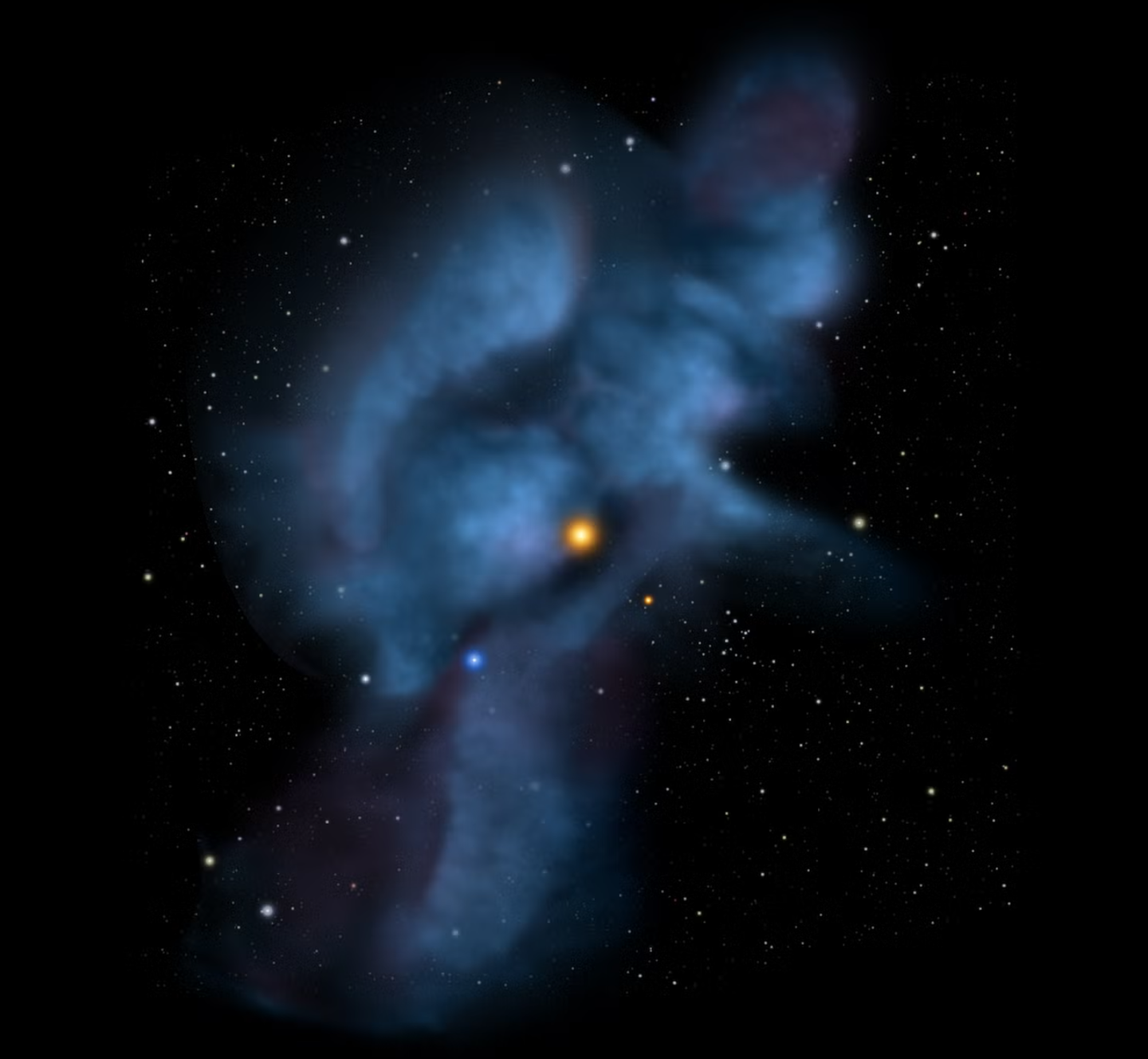Cheating Buster: Digital tool spots ChatGPT generated text with 99% accuracy
Researcher developed a groundbreaking tool to identify scientific text produced by the advanced artificial intelligence text generator

[June 9, 2023: Staff Writer, The Brighter Side of News]
In a test of ChatGPT's ability to handle accounting assessments it still couldn't compete with the student's level. (CREDIT: Nate Edwards/BYU Photo)
Heather Desaire, a chemist at the University of Kansas who uses machine learning in biomedical research, has recently developed a groundbreaking tool to identify scientific text produced by the advanced artificial intelligence text generator, ChatGPT. Her new method remarkably achieves an accuracy rate of 99% in detection, a considerable stride in fortifying the scientific world against the infiltration of AI-generated text.
A peer-reviewed paper in the esteemed journal Cell Reports Physical Science has shed light on this revolutionary development. It detailed Desaire's high-precision AI-detection technique while providing enough source code to enable other researchers to replicate this innovative tool.
Desaire, who holds the prestigious Keith D. Wilner Chair in Chemistry at KU, stressed the urgent need for accurate AI-detection tools as the gatekeepers of scientific integrity.
“ChatGPT and all other AI text generators like it make up facts,” Desaire asserted. “In academic science publishing — writings about new discoveries and the edge of human knowledge — we really can’t afford to pollute the literature with believable-sounding falsehoods. They’d unavoidably make their way into publications if AI text generators are commonly used. As far as I’m aware, there’s no foolproof way to, in an automated fashion, find those ‘hallucinations’ as they’re called. Once you start populating real scientific facts with made-up AI nonsense that sounds perfectly believable, those publications are going to become less trustable, less valuable.”
Related Stories
She attributed the success of her detection method to its focus on scientific writing prevalent in peer-reviewed journals. This selective approach allows her tool to outperform existing AI-detection tools, such as the RoBERTa detector, that aim to detect AI in a broader spectrum of writing.
“Existing AI detectors are typically designed as general tools to be leveraged on any kind of writing. They are useful for their intended purpose, but on any specific kind of writing, they’re not going to be as accurate as a tool built for that specific and narrow purpose,” Desaire explained.
She underlined the requirement of accurate detection tools for university instructors, grant-giving bodies, and publishers, emphasizing the repercussions of false detections.
Desaire’s research team, including Romana Jarosova, research assistant professor of chemistry at KU, David Huax, information systems analyst, and graduate students Aleesa E. Chua and Madeline Isom, co-authored the ground-breaking paper. They attribute their success in AI text detection to the profound human insight utilized in crafting the code, superseding the typical reliance on machine-learning pattern detection.
Graphical abstract: ChatGPT has enabled access to artificial intelligence (AI)-generated writing for the masses, initiating a culture shift in the way people work, learn, and write. (CREDIT: ScienceDirect)
Desaire and her group implemented an alternative strategy when designing the AI-detection tool. They focused on human text rather than AI text when developing key features of their tool, breaking away from conventional methods that predominantly ask, ‘What does AI-generated text look like?’
Desaire was forthcoming about their methodology: “Scientists’ writing is not generalized human writing. It's scientists’ writing. And we scientists are a very special group.”
Desaire’s team is making their AI-detecting code readily accessible to researchers who are keen on building upon their work. She expressed hope that others will perceive AI and AI detection as an approachable field, even for those who may not consider themselves computer programmers currently.
Confusion matrices for test sets 1 and 2 (combined). Left: results for the method described herein. Right: results for the OpenAI product, GPT-2 Output Detector. In both cases, results at the full-document level are on top and at the paragraph level are on the bottom. (CREDIT: ScienceDirect)
“ChatGPT is really such a radical advance, and it has been adopted so quickly by so many people, this seems like an inflection point in our reliance on AI,” she stated.
Desaire fervently believes that with some guidance and creative thinking, the field of AI is accessible to anyone, regardless of their academic qualifications. Her belief is backed by the fact that none of the authors of her ground-breaking paper had degrees in computer science.
“One outcome I would like to see from this work is that people who are interested in AI will know the barriers to developing real and useful products, like ours, aren’t that high. With a little knowledge and some creativity, a lot of people can contribute to this field,” she concluded.
With the rise of AI text generators and the potential for their misuse, Desaire's innovation presents a crucial line of defense to ensure the scientific literature remains a trusted source of information. Her tool's development marks a significant moment in the fight to maintain scientific integrity in the face of rapidly advancing AI technologies.
Note: Materials provided above by The Brighter Side of News. Content may be edited for style and length.
Like these kind of feel good stories? Get the Brighter Side of News' newsletter.



